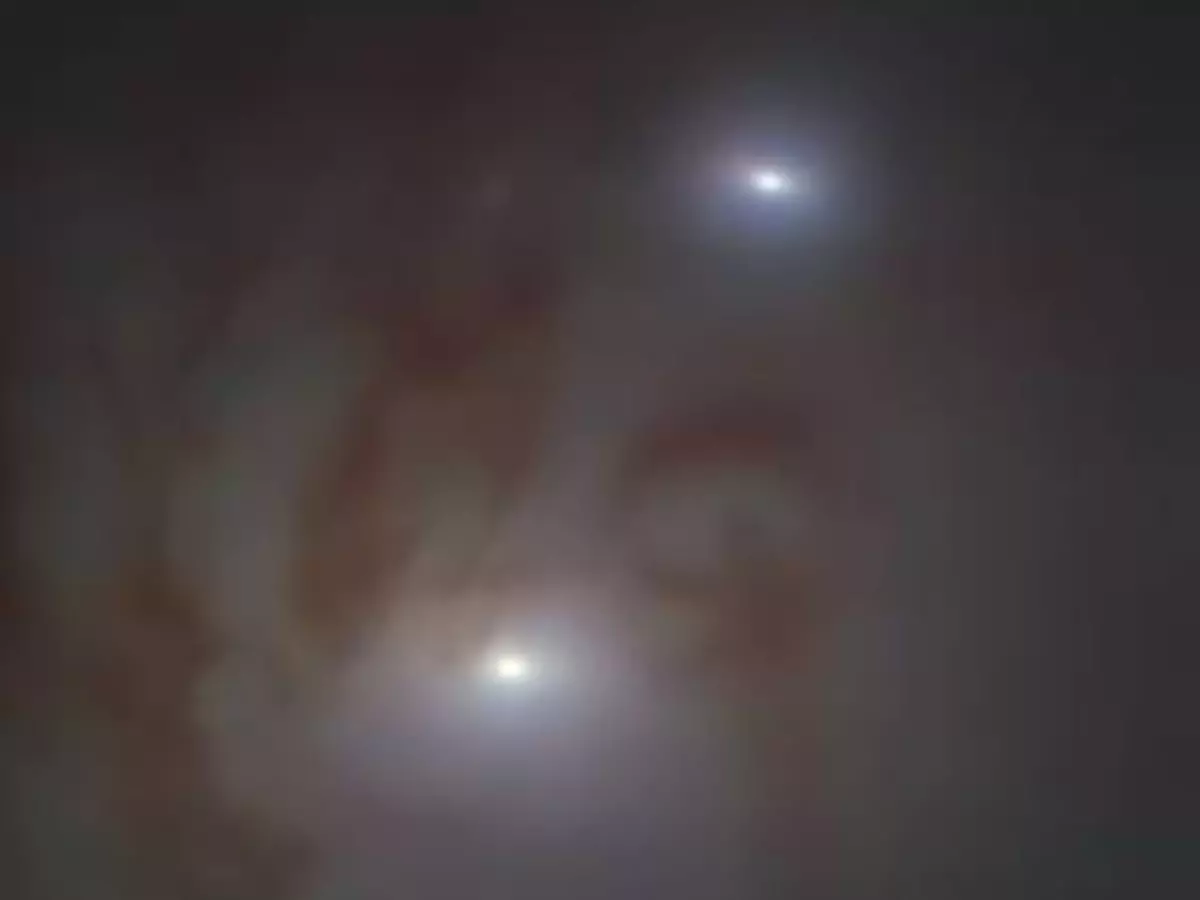NASA¡¯s Stunning Animation Reveals The True Scale Of Supermassive Black Holes
The animation shows 10 supersized black holes that are at the centre of their host galaxies, including the Milky Way and M87, all scaled by the sizes of the shadows

The most amazing things about the universe are also the largest. Compared to the rest of the universe, our entire solar system is smaller than a grain of sand. If you've ever wondered how big supermassive black holes really are, a new NASA video sheds light on the true immensity of these structures where gravity is so strong that not even light can escape it.
The animation shows 10 supersized black holes that are at the centre of their host galaxies, including the Milky Way and M87, all scaled by the sizes of the shadows. In the new NASA animation, we can see the differences in weights and sizes of a black hole's "shadow" when compared to the heaviest object in our solar system - the Sun!
 EHT
EHT
Watch black holes like never before
"Direct measurements, many made with the help of the Hubble Space Telescope, confirm the presence of more than 100 supermassive black holes," said Jeremy Schnittman, a theorist at NASA¡¯s Goddard Space Flight Center in Greenbelt, Maryland. "How do they get so big? When galaxies collide, their central black holes eventually may merge together too."
The first depiction is of 1601+3113, a dwarf galaxy hosting a black hole that is packed with the mass of 100,000 Suns. Here, the matter is so compressed that the black hole's shadow is smaller than our Sun. At the centre of our galaxy lies Sagittarius A* - with the weight of 4.3 million Suns. The diameter of its shadow is half of Mercury's orbit in the solar system.
Also read: O2 On Moon? NASA Successfully Extracts Oxygen From Simulated Lunar Soil
In the animation, we also see two monster black holes in the galaxy known as NGC 7727. These black holes are located 1,600 light-years apart - with one weighing 6 million solar masses and the other more than 150 million Suns.
 EHT
EHT
As the animation progresses, we see the M87 black hole that has the mass of 5.4 billion Suns. At the end we are treated to TON 618, a giant black hole with more than 60 billion solar masses.
"Since 2015, gravitational wave observatories on Earth have detected the mergers of black holes with a few dozen solar masses thanks to the tiny ripples in space-time these events produce," said Goddard astrophysicist Ira Thorpe. "Mergers of supermassive black holes will produce waves of much lower frequencies which can be detected using a space-based observatory millions of times larger than its Earth-based counterparts."
 SDSS
SDSS
Also read: NASA Spacecraft Captures Images Of Jupiter's Elusive Asteroids For The First Time
NASA and ESA are currently working on the Laser Interferometer Space Antenna (LISA) mission that will attempt to detect black holes mergers with masses up to a few hundred million Suns.
What do you think about this fascinating animation? Let us know in the comments below. For more in the world of technology and science, keep reading Indiatimes.com.
